- Product
- Solution for
For Your Industry
- Plans & Pricing
- Company
- Resources
For Your Industry
Pricing is arguably one of the most crucial, yet complex, decisions in the retail and e-commerce industry. It influences every part of a business—from revenue generation and customer satisfaction to brand perception and competitive positioning. A thoughtfully designed pricing strategy can help businesses increase profitability, boost market share, and strengthen customer loyalty. However, many companies still rely on “pricing by feel,” an approach based on intuition and past experience rather than on data-driven insights.
In this comprehensive guide, we’ll cover why a structured pricing strategy is essential, how to leverage data and automation to enhance decision-making, and the practical steps to implement an effective pricing strategy in e-commerce.

The modern e-commerce landscape is highly dynamic and competitive, where prices are subject to rapid changes and countless influencing factors. Businesses are under constant pressure to adjust prices quickly to stay relevant and profitable. This section examines the primary challenges facing businesses that still use intuitive or manual pricing practices.
As product catalogs expand, manually setting and updating prices becomes more complex and time-consuming. What might have worked for a small product line becomes unsustainable for hundreds or thousands of products. This challenge often results in inconsistent pricing, errors, and missed revenue opportunities.
In digital marketplaces, competitors can adjust their prices multiple times a day to align with promotions, inventory levels, or seasonal changes. Keeping up with these frequent adjustments requires systems that can provide real-time updates and adapt to market shifts.
As e-commerce companies grow, they often enter new geographical or industry markets, each with its own pricing norms and competitive pressures. For instance, what works for domestic customers might not resonate with international audiences. Without a clear strategy, companies may struggle to balance pricing across these varying markets effectively.
Relying on “pricing by feel” can lead to erratic pricing practices that lack consistency. Such inconsistencies can confuse customers, damage brand reputation, and ultimately impact profit margins. Customers in the digital age are savvy and expect transparent, consistent, and logical pricing. Disparities can lead to a lack of trust in the brand.
Transitioning from intuitive to structured, data-driven pricing involves a fundamental shift in how businesses approach pricing decisions. It requires a strategy that is objective, reliable, and adaptable, capable of handling the complexities of modern e-commerce.
A structured pricing strategy offers several critical benefits:
Shifting to a structured approach requires businesses to invest in data collection, analytics tools, and perhaps new technology. It can face resistance, especially from teams accustomed to traditional pricing methods. To foster buy-in, it’s crucial to:
Data and automation are the backbone of a modern pricing strategy. With quality data and effective automation, companies can achieve consistency, accuracy, and flexibility in their pricing. This section dives into how businesses can leverage data and automation.
Data is crucial to informed pricing decisions, enabling companies to evaluate market trends, customer behavior, and competitor strategies. Key data sources include:
Once data is in place, automation enables businesses to act on insights with speed and precision. The main advantages include:
Developing a data-driven pricing strategy is a multi-step process that requires alignment with broader business objectives. Here’s a breakdown of the essential steps.
Before setting goals, businesses must analyze their current pricing practices, strengths, and weaknesses. Key aspects to evaluate include:
Strategic objectives form the foundation of your pricing strategy. Some guiding questions include:
Transform strategic objectives into practical actions by:
Coordinate with other departments to ensure alignment, particularly with:
A pricing strategy must account for how competitors and customers will respond to pricing changes. This requires a proactive, flexible approach.
Use historical data to anticipate how competitors are likely to react to your price changes:
Price wars can erode margins and damage brand value. To mitigate these risks, consider strategies like:
Product and service differentiation can reduce the need for aggressive pricing. Some options include:
Pricing strategies need ongoing monitoring and adjustment to remain effective. Establish a feedback loop that allows for continuous improvement.
Select KPIs that measure the impact of your pricing strategy, such as:
Schedule regular reviews to assess and refine your strategy. This might include:
Pricing software can be invaluable in tracking KPIs, monitoring competitors, and providing analytics for continuous improvement. Some features to consider include:
Transitioning from traditional pricing to a data-driven strategy is essential for any e-commerce business seeking to stay competitive and maximize profitability. This process requires careful planning, cross-functional alignment, and a commitment to continuous improvement.
Key Takeaways
A Foundation in Strategy: A well-structured pricing strategy aligns pricing decisions with broader business goals.
Data-Driven Insights: Data helps businesses understand customer behavior, competitor moves, and market trends.
Automation as a Game-Changer: Automation allows businesses to keep pace with market changes and maintain consistency.
Customer and Competitor Awareness: Flexibility and anticipation of market reactions are essential for long-term success.
Commitment to Continuous Improvement: Pricing strategies must evolve based on performance metrics and market insights.
The Road Ahead: Key Trends in Pricing
Looking forward, several trends will influence the future of pricing in e-commerce:
AI and Machine Learning: Advanced analytics will help predict optimal pricing, enabling more precise adjustments.
Personalization: Customized pricing based on individual customer behavior will become more feasible.
Ethics and Transparency: Transparent and ethical pricing will gain importance as customers become more value-conscious.
Integration with Other Functions: Pricing will increasingly align with marketing, supply chain, and customer relationship management.
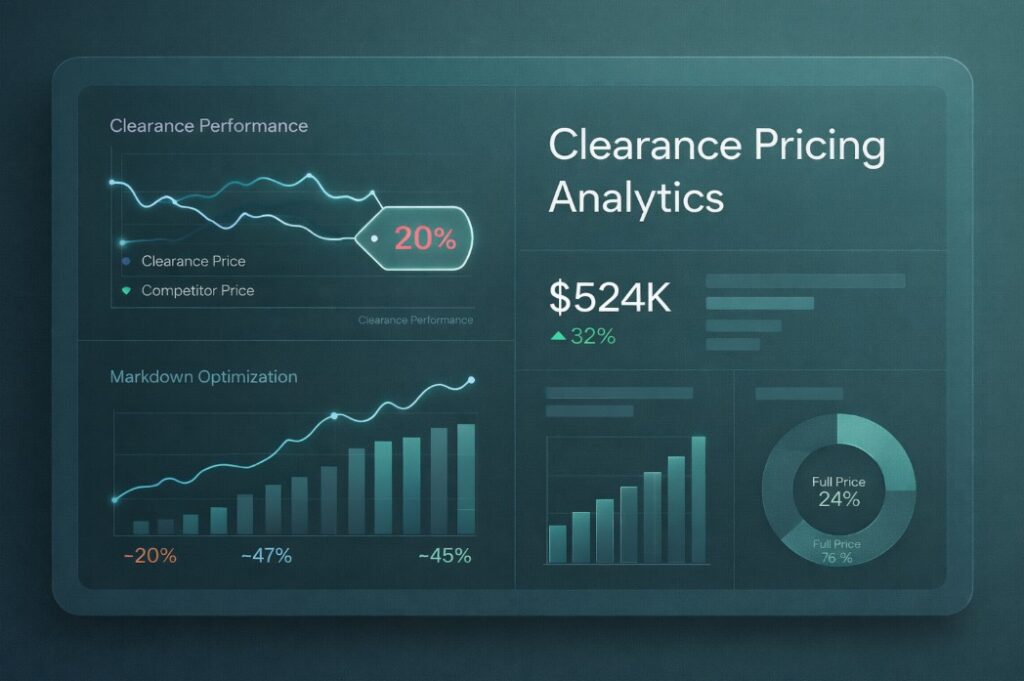
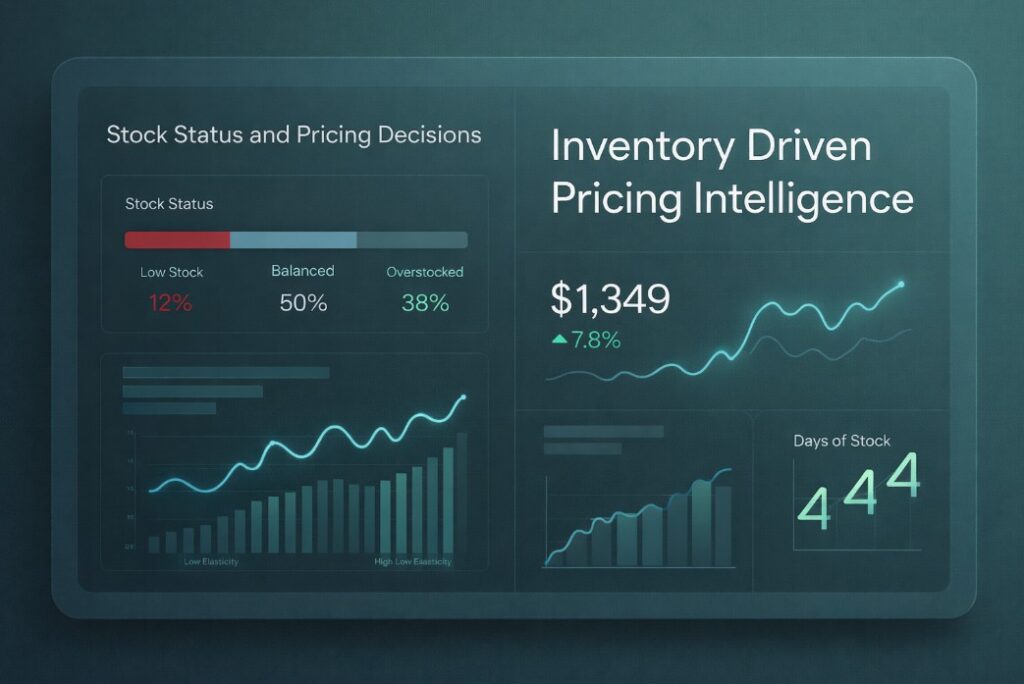
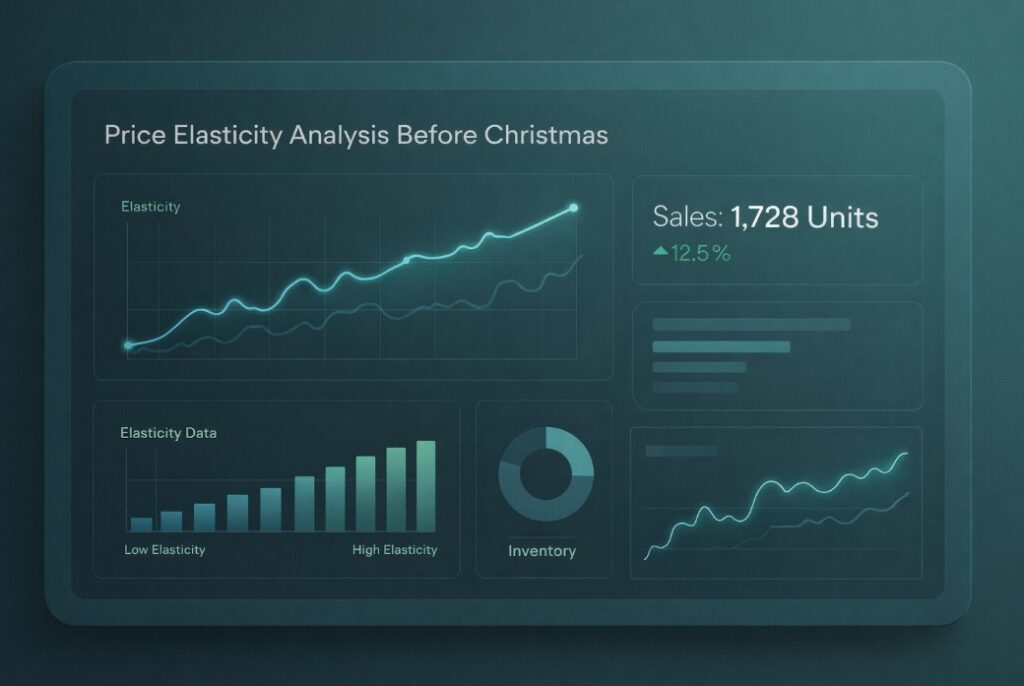
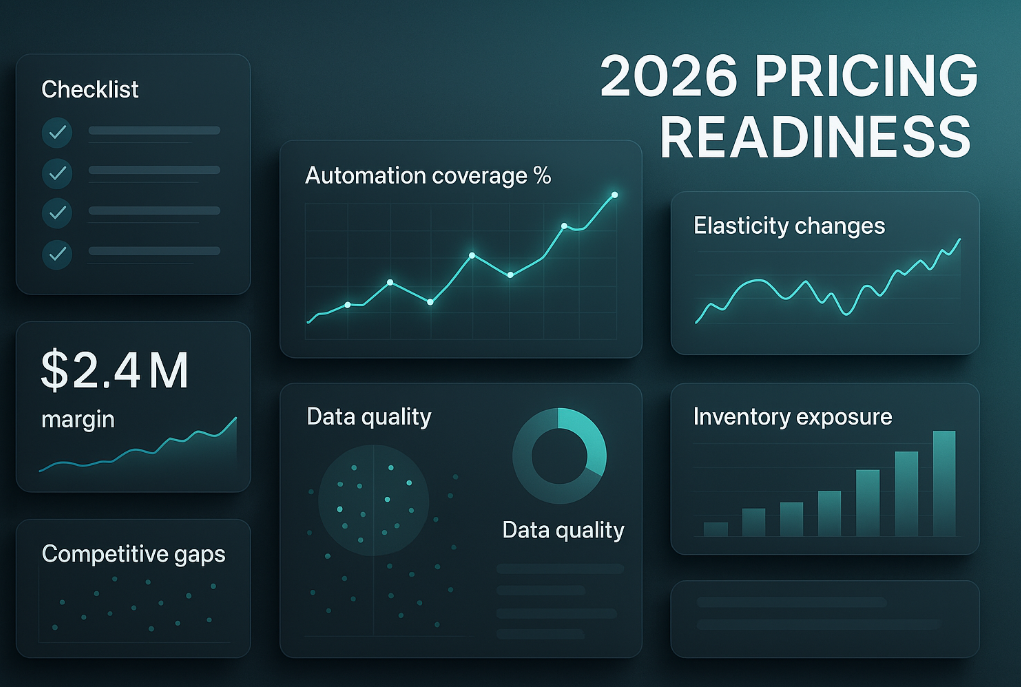

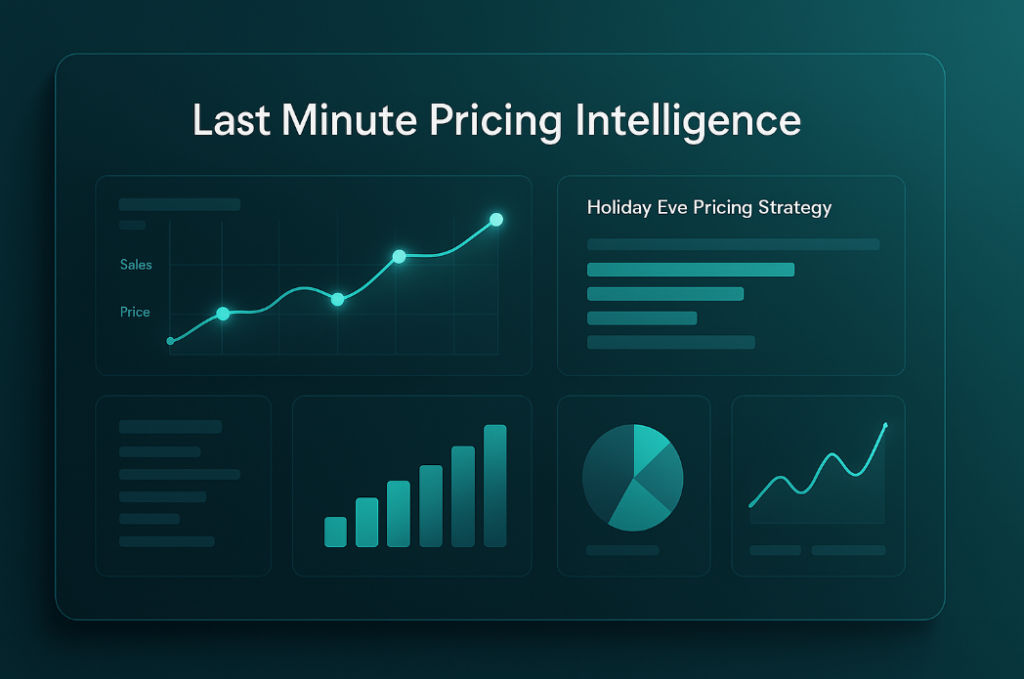







Missing an important marketplace?
Send us your request to add it!